The persistence with which OP tries to understand the role of RB... and even makes problems for the "wise and able"... is admirable. This is exactly the way we have to act in life - to question the dominant explanations and to come up with our own better explanations.
My short answer to the question, "How does the resistor RB bias the transistor?" is simple: It is not the resistor that biases the transistor but the capacitor. This is a well-known technique used in the so-called "class-A" AC amplifiers that I have explained in detail in my answer about the role of decoupling capacitors. Let's consider the evolution of the bias idea in three steps - from A to C class.
A. Forward biasing. The trick is simple - we connect a (continuously) charged to the bias voltage capacitor in series to the input AC voltage. Figuratively speaking, it acts as a floating "rechargeable battery" which voltage is added to the input voltage thus "shifting" it to the area where the base-emitter junction conducts. So the transistor conducts during both the positive and negative waves of the input voltage. Note the capacitor is charged through a base resistor connected to VCC so that its positive terminal is connected to the base.
B. Zero biasing. In the case of so-called "class-B amplifiers", we want the transistor base-emitter junction to be on only during the positive input half cycle. So, in this case, we do not connect a bias voltage source in series to the input source.
C. Backward biasing. In "class-C amplifiers", the task is even opposite to A-class amplifiers - we want the transistor to be on only during a small part of the positive input half cycle. So we have to bias the transistor as in the case of class-A amplifiers but in the opposite direction. The solution is obvious - we have to charge the capacitor with reverse polarity. This is usually made by the help of another "elegant simplicity" - the so-called "self biasing" described in the @pantarhei's answer.
In this clever circuit, the capacitor is fully charged (backward biased) during the (initial) positive half waves so that its negative terminal is connected to the base. During the negative half waves the base-emitter junction is backward biased and, if there was no resistor connected between the base and ground, the capacitor would stay charged... and the transistor would constantly stay off.
The role of the resistor is to slightly discharge the capacitor during the negative half wave so that, during a part of the positive half wave, the base-emitter junction becomes forward-biased and the transistor is on. By decreasing its resistance, we can enlarge this part (duration). Note that, in contrast to the "forward biasing" above, here the base resistor is connected to ground to discharge the capacitor during the negative half wave. While above the resistor "helps" the positive biasing, here it "impedes" the negative biasing.
The name of this bias technique is "self bias" since it does not need an additional negative voltage source to "pull down" the base.
If there is a need, I can illustrate my explanations... but @pantarhei's small pictures (in red) can do the job...
 ]1
]1
